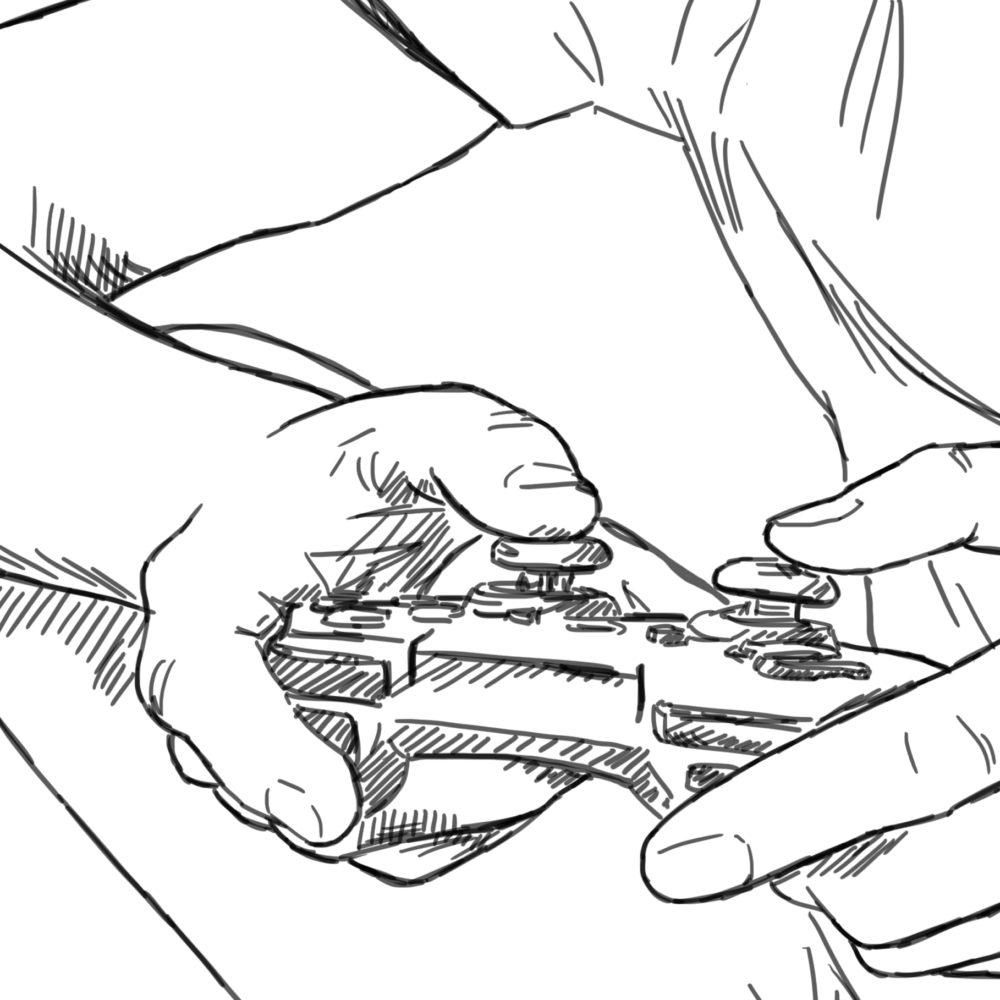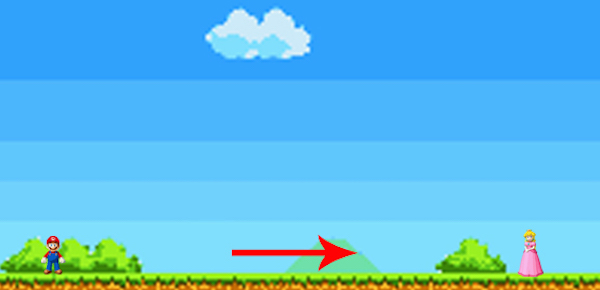
We all love to play video games. Maybe you play Words with Friends on your commute to work, or maybe there was a time in your life where you would play Minesweeper on your laptop. Maybe you only reserve playing video games when you’re with your family, or maybe you dedicate hours playing Dark Souls alone. Did you know that the video game industry is larger than the music and film industry combined? Sounds crazy! But there’s actually a really good reason for this.
Why Are Good Video Games So Engaging?
I recently took a game design and decision-making strategy class, to learn how great designers engage players. Great games make so much money because they are purposefully designed to keep the audience absorbed in the game— repetitive play testing and user feedback is used to perfectly balance challenge, satisfaction, pleasure, and commitment. We can become addicted to completing games because the challenges are crafted for optimal motivation. Developers create a sense of moving forward, our actions feel like they have meaning, we get to feel in control of our fate, and while we may not always know the right move, we’re able to define the task at hand and prioritize what we need to do to overcome the obstacle.
Well-designed games will seem to effortlessly engage players because they structure our brain to prioritize, make decisions, and find meaning in challenging ourselves. Similarly, we can apply this mental mindset to cultivate productivity, motivation, and energy in our own lives. The design framework video game developers use can also be used to create a system for being productive and balance opportunity, risk, and success.
The 3 Key Components That Keep Us Motivated
I’ll be using the popular video game Super Mario Bros as an example. In this game, you’re given the role of Mario and the goal of saving Princess Peach. You face a number of obstacles in between, some minor and some challenging.

Even if you’ve never played the game, it’s evident in its worldwide success that Super Mario Bros is incredibly fun and addictive. Their first edition, released in 1985, sold 40.24 million copies. But imagine if this game had no fire-breathing plants, no angry porcini mushrooms, and no Bowser to defeat. What an easy game right? Well imagine if this game was even easier! There are no tubes to jump over, there are no cliffs, and no potholes. The entire game is just flat land, and you walk from one end to another.

You don’t need me to tell you that this game sucks. No one will pay for it, and even if you managed to get someone to play it, they would never spend hours and hours playing it. It’s easy, yes, but the lack of challenge is precisely what makes it so boring.
Takeaway 1: Humans need some challenge to be motivated to take action
But having challenge isn’t all there is to motivation. Let’s take the original Super Mario Bros game, but this time there is no Princess Peach to save. There are no levels to discover and advance to, no clock, no points, and no other opponents. The entire game is the same, but it’s just on loop. What’s wrong with this game? There is no goal to it. So this game is poorly designed too.
Takeaway 2: Humans need purpose to be motivated to take action
Now let’s look at another bad version of Super Mario Bros. This time, before you start the game you are given a question block, and you must bump your head on it and get a flower to upgrade to fire-throwing Mario. If you don’t get the fire plant, you lose.

Now the game is just about getting lucky! If you get the flower plant, you can play, but if you don’t, the game is over and there is nothing you can do to change your losing fate.
Takeaway 3: Humans need some control over their fate to be motivated to take action.
When you’re playing a popular video game, you don’t really think about it, but that game has been specifically designed to optimize your engagement. Contrary to popular belief, it’s not the instant gratification that keeps games entertaining, but the best games will optimize challenge, purpose, and control. The designers spend time playing, testing, and surveying user feedback to create a product that will keep a player motivated to keep coming back to tackle the challenges that stand in the way of achieving the goal.
So what if we could design the goals in our life like this?
How can we apply video game design to real life? We don’t always have control over the challenges or work we are assigned to, and these tasks aren’t always centered around our goals. But even if life isn’t a video game, it turns out we have a lot more control over how we approach our work than we think. Using the MDA framework, developed by Robin Hunicke, Marc LeBlanc, Robert Zubek, I believe we can rethink a system for ourselves to keep us motivated to complete both mundane tasks and also reach long-term goals.

To read how one can use the MDA Framework to design systems around procrastination, check out my other article [LINK]!
If this article was any use to you, please email me at kokumura@kakikata.space! I love hearing from individuals, learning from them, and the personal stories people have to share. I reply to every single email I get, and want nothing more than to support those who are looking for a bit of guidance and ways to help themselves.
With care,
Kaki